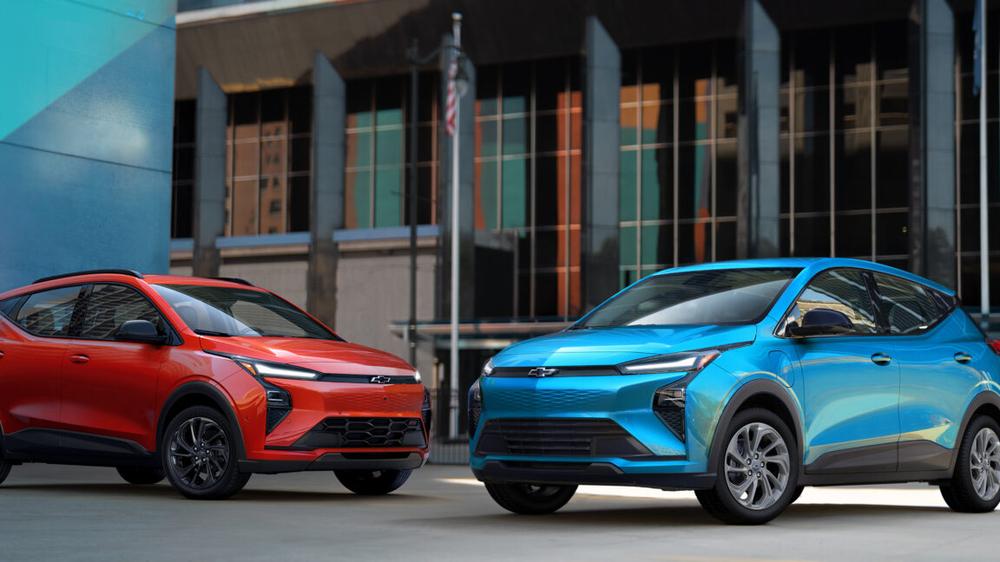The Chevrolet Bolt was one of the earliest electric vehicles to offer well over 200 miles (321 km) of range at a competitive price. For Ars, it was love at first drive, and that remained true from model year 2017 through MY2023. On the right tires, it could show a VW Golf GTI a thing or two, and while it might have been slow-charging, it could still be a decent road-tripper.
All of this helped the Bolt become General Motors' best-selling EV, at least until its used-to-be-called Ultium platform got up and running. And that's despite a costly recall that required replacing batteries in tens of thousands of Bolts because of some badly folded cells. But GM had other plans for the Bolt's factory, and in 2023, it announced its impending death.
The reaction from EV enthusiasts, and Bolt owners in particular, was so overwhelmingly negative that just a few months later, GM CEO Mary Barra backtracked, promising to bring the Bolt back, this time with a don't-call-it-Ultium-anymore battery.
All the other specifics have been scarce until now.
When the Bolt goes back on sale later next year for MY2027, it will have some bold new colors and a new trim level, but it will look substantially the same as before. The new stuff is under the skin, like a 65 kWh battery pack that uses lithium iron phosphate prismatic cells instead of the nickel cobalt aluminum cells of old.
The new pack charges more quickly—it will accept up to 150 kW through its NACS port, and 10–80 percent should take 26 minutes, Chevy says. It's even capable of bidirectional charging, including vehicle-to-home, with the right wallbox. Range should be 255 miles (410 km), a few miles less than the MY2023 version.
The 2027 Bolt is still front-wheel drive, but there's a different electric motor under the hood. It's the same unit you'll find in the Chevy Equinox, but either there's been a mistake with the press kit or it's running some different software because it generates 210 hp (156 kW) but just 169 lb-ft (230 Nm) in the Bolt. That's almost 100 lb-ft (135 Nm) less than the MY23 Bolt and will no doubt translate to a significantly different driving experience, devoid of the effortless torque that characterizes EV driving.
A lower power density from the battery could be the cause, or perhaps GM doesn't want the Bolt intruding too much on the more expensive Equinox's new turf. The launch price for the MY2027 Bolt LT will be $29,990, including the $1,395 delivery charge, the automaker says. At some point before MY2028, another Bolt that's $1,000 cheaper will arrive.
In addition to the more modern electric powertrain, there's also a more up-to-date electronic architecture and infotainment system. GM's Android Automotive OS-based system lacks Apple CarPlay, but the automaker boasts that you can download "apps like Angry Birds, Chrome, GameSnacks, HBO Max, Tubi, [and] Prime Video" to keep you amused, although presumably only while parked.
Using the onboard Google Maps will condition the battery for fast charging if the destination is a charger, and it integrates with the Super Cruise partially automated driver assist and tell you how much of your journey is likely to be hands-free.
The reborn Bolt will be built in Kansas and go on sale in the first quarter of 2026.

 We’re all about to be in wearable hell
We’re all about to be in wearable hell